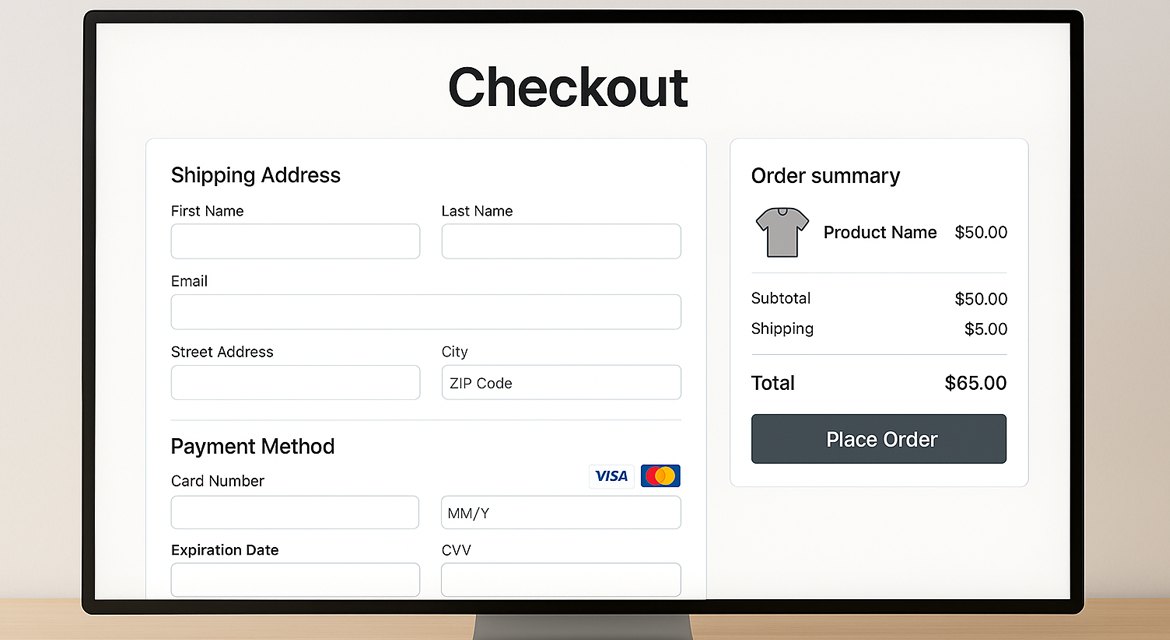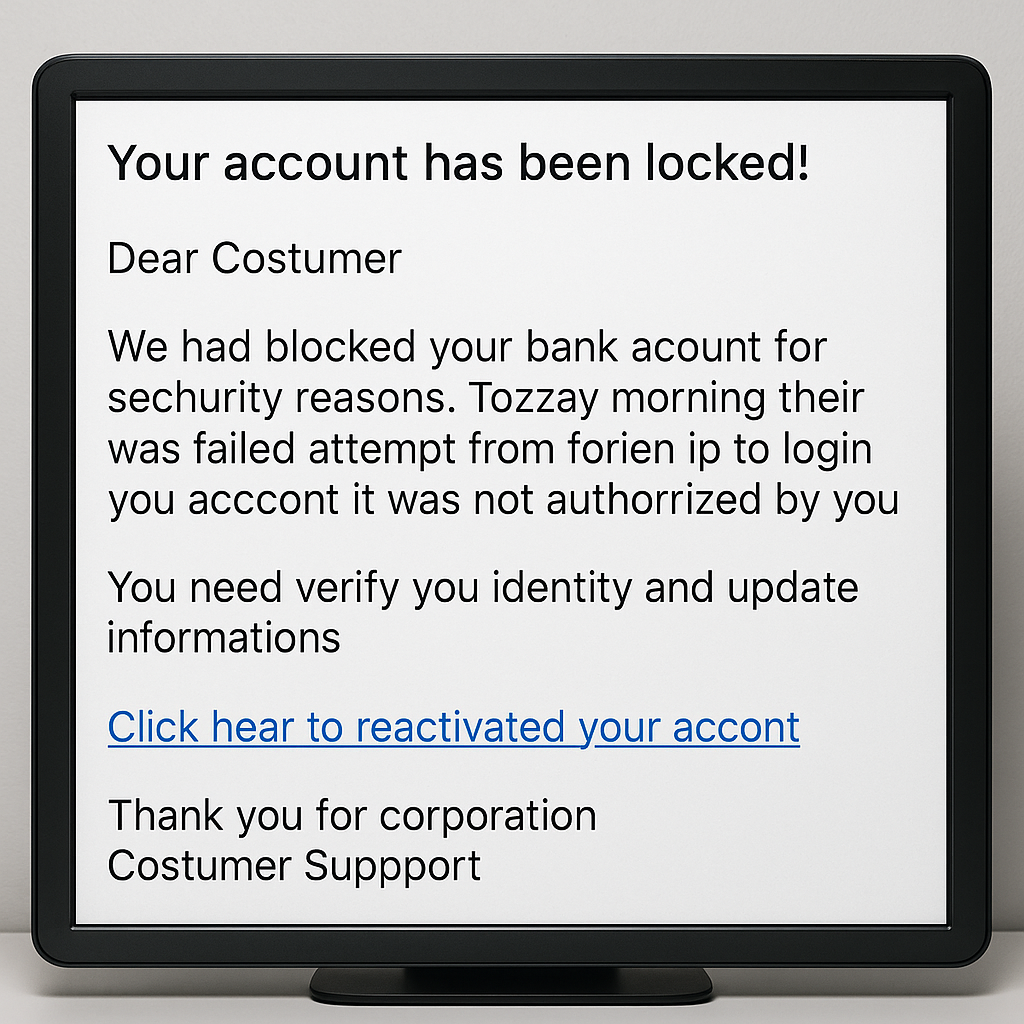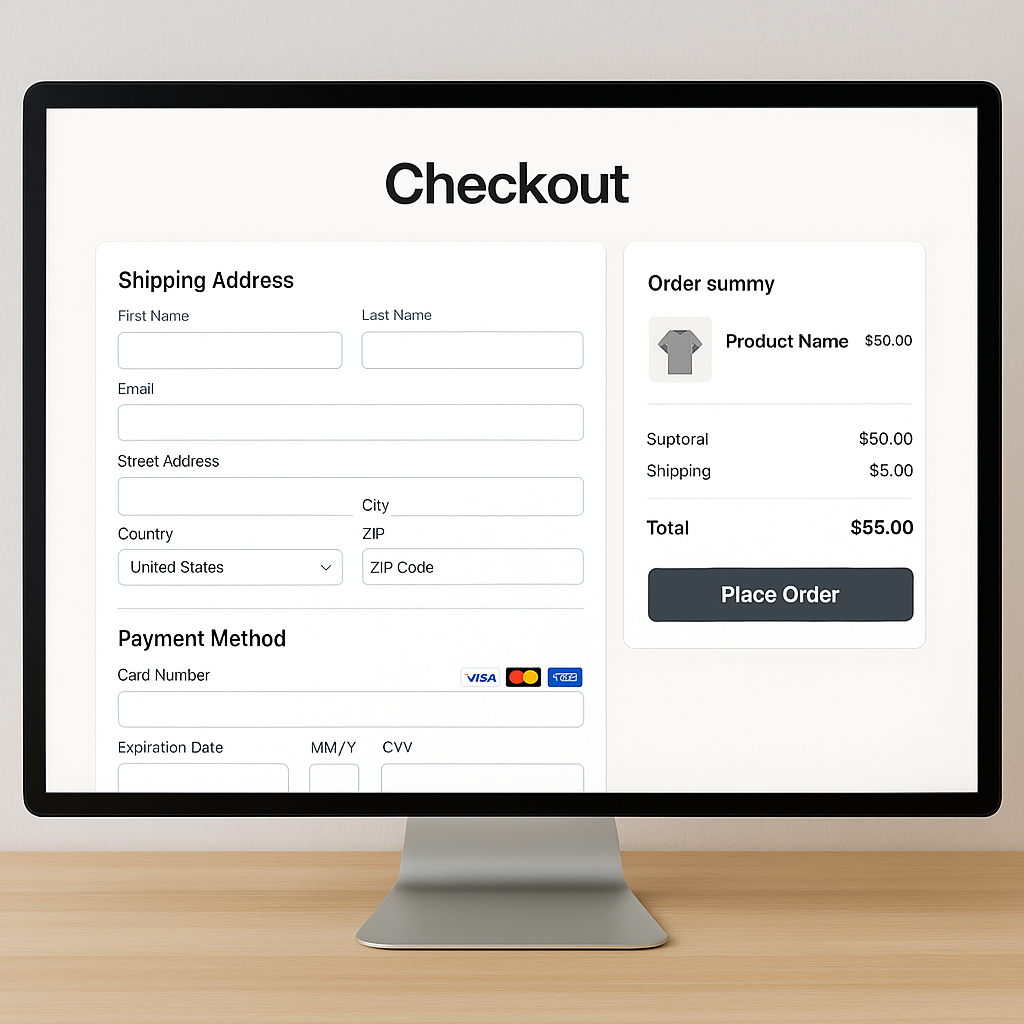I once believed I was a rational human being—a person immune to the cunning wiles of online shopping, impervious to flashy banners, countdown timers, and virtual shopping carts that whisper “add me, you know you want to.” But, like so many noble souls before me, I fell. And I fell hard. Allow me to present: The Great $10 Savings That Cost Me $100. This is a story of ambition, hubris, and a suspiciously large amount of bubble wrap.
The Spark: A Deal Too Good to Pass Up
It all began innocently enough. I was peacefully scrolling through my favorite online retailer, searching for a sensible item: a phone case. My phone had survived many a close call, often diving out of my hands like a lemming on a cliff, but this time it had scuffed its edge. I needed protection. I needed savings. I needed that bold red “SALE” sign that blinked at me like a lighthouse beckoning a ship in a storm.
There it was: “Buy 1, Get 1 Half Off! PLUS Free Shipping on Orders Over $50!” My heart skipped a beat. My palms tingled. Free shipping is the Holy Grail of online shopping, the digital equivalent of your grandma slipping an extra cookie into your lunchbox. Suddenly, my single phone case purchase felt… insufficient.
The Justification Olympics
And so began my mental gymnastics. If I spent $15 more, I’d save $5 on shipping. But why stop there? A second phone case—just in case (pun intended)—meant I was already $12 closer to my goal. Shopping cart growing, I embarked on the rationalization spree of the century:
- “I’ll get a screen protector, because safety first.”
- “Maybe I need a pop socket. For ergonomics.”
- “Cables! My current charger is frayed, and you can never have too many cables.”
- “Oh, look, a mug with a cat wearing sunglasses. That will improve my morning routine by 17%.”
- “If I buy this adorable lobster-shaped tea infuser, I’ll be the talk of the virtual tea party circuit.”
By the time the dust settled and I blinked away the glow of my screen, my cart total was $58.94. But hey, free shipping! In my mind, I had already saved $5. Victory was mine.
The Checkout Conundrum
But wait—what was this? A pop-up appeared, promising an extra 10% off if I just signed up for their newsletter. I had to act fast; the “limited time” clock was ticking down from five minutes. My hands hovered over the keyboard, torn between privacy and the promise of an additional $5.89 in savings.
Reader, I caved. My inbox groaned, but my wallet cheered. I was now down to $53.05. “You are a savings wizard,” I told myself, conveniently ignoring the reality that my original need was a single phone case, not a biannual subscription to “Mugs & Accessories Monthly.”
The Add-On Abyss
Shopping algorithms are clever, perhaps more so than I am on my best days. As soon as my transaction was complete, the site suggested “You Might Also Like…” A pair of cozy socks with avocados on them (I do like avocados), a mystery box (because who doesn’t want more mystery in their life?), and a discounted desk lamp (my current one flickers in Morse code, presumably spelling ‘replace me’).
Could I resist? Of course not. Each “add to cart” click was accompanied by a dopamine rush, and the grand total ticked higher—$71.99, then $85.40, topping off at an impressive $97.32. With a final flourish, I rounded up with a stress ball shaped like a donut, pushing me slightly over the $100 mark.
But, as the receipt politely reminded me, I had saved $10.03 in discounts and avoided the $5 shipping fee. If that’s not fiscal genius, I don’t know what is.
Why Spending $100 to Save $10 is Not a Wise Investment
Now, let’s talk numbers—without the rose-tinted calculator. Spending $100 to save $10 might sound like a bargain when you’re dazzled by flash sales and confetti-filled pop-ups, but let’s take off the virtual goggles for a second. If a financial advisor ever suggested, “Invest a hundred, and I’ll save you ten!” you’d probably find a new advisor… and maybe a new hobby.
Here’s why this “investment” falls apart faster than my new discount desk lamp:
- Negative ROI (Really Obvious Irrationality): For every dollar saved, you’ve spent ten. Unless you’re collecting receipts for a future bonfire, this is not how investments work.
- Impulse Shopping Avalanche: Most of what tumbles into your cart is there to pad the total, not to improve your life. Do you really need socks with avocados on them? (Okay, maybe yes, but not because you need free shipping.)
- The “It Was on Sale!” Illusion: The joy of a deal fades fast when you realize you’ve swapped $100 for a box of novelty mugs, a broken lamp, and a lifelong subscription to retail regret.
- The Math of Missed Opportunities: That $90 you “invested” chasing a discount could have gone toward something you genuinely needed—or, dare I say, into savings that don’t come with a shipping label.
In summary: If you wouldn’t spend $100 on a dinner to get a free breadstick, maybe don’t do it online, either.
The Waiting Game
With the order confirmed, I settled in for the wait. Packages trickled in over the next week, each one bringing a wild mix of excitement and existential dread. Bubble wrap piles grew taller, my apartment acquired the faint aroma of cardboard, and my cat found a new fortress in a box labeled “FRAGILE: LOBSTER INFUSER.”
As the loot arrived, I realized with increasing clarity that I’d purchased:
- Two phone cases (neither in my preferred color)
- Three screen protectors (because one day I might own three phones?)
- A cable organizer I don’t remember adding
- One cat mug (now my favorite, but don’t tell the others)
- A lobster tea infuser (still untested, looks menacing)
- Avo-socks (delightfully squishy)
- A mystery box containing an LED keychain, a sticker, and an existential crisis
- A new desk lamp (which promptly died after two weeks)
- A donut-shaped stress ball, now more stressed than I am
Reflections from the “Savings” Zone
In retrospect, the online shopping trap is a carefully constructed labyrinth, with breadcrumbs of discounts leading you deeper and deeper until you emerge slightly poorer but rich in novelty drinkware. The thrill of free shipping and the allure of “must-have” gadgets combine to create a perfect storm of spending.
The rationalizations pile up faster than the packages at your door. If you squint hard enough, you can almost see the logic: saving $10 by spending $100 is practically an investment in happiness, right? At least, that’s what I told myself as I sipped tea from my lobster-infused mug, feet adorned with avocado socks, surrounded by a fortress of cardboard.
Lessons Learned (Maybe)
I’d love to claim I’ve learned from this experience, that I’ve become a savvy, measured consumer immune to the siren song of “FLASH SALE ENDS SOON!” but let’s be honest: my wishlist is already full, and I’ve “accidentally” left a few tabs open, just in case.
But here are a few takeaways I tell myself every time I check my bank statement:
- Free shipping is never truly free. There is always a price to pay, and that price is usually three mugs, a quirky pair of socks, and something shaped like a donut.
- If you can’t remember what’s in your cart, you probably don’t need it.
- Newsletter discounts come at the cost of an overflowing inbox and a gnawing sense of regret.
- Shopping algorithms are stronger than my willpower. Resistance is futile, especially when avocados are involved.
- Sometimes, the thrill of anticipation is worth the price of admission. (But maybe set a budget first.)
Embracing the Absurd
To anyone who has ever saved a few dollars only to spend a hundred, know this: you are not alone. We are a tribe united by discounts, driven by the hunt, and forever entangled in the paradox of online “savings.” Our homes overflow with gadgets we didn’t know we needed—and still don’t—but hey, at least we didn’t pay for shipping.
So the next time you’re lured by the siren song of an online sale, remember: the road to saving $10 is paved with $100 bills. And if you happen to see a lobster-shaped tea infuser on sale, let me know. I might need a backup.











